A New Way to Invest in Valero
One of domestic energy's best-performing companies offers a new -- and unusual -- way to invest in its empire. What is this? And should you care?

Investing in energy can be straightforward. Buy shares of a drilling company and hope it strikes new gas or oil. Or invest in a royalty trust or master limited partnership that owns rights to production from proven reserves. You’ll collect reliable dividends.
But energy also has its fill of complicated investments that take tremendous effort to understand. For example, under the banner of San Antonio’s Valero empire, you’ll find three publicly traded entities. Valero Energy (symbol VLO), the patriarch, owns refineries and gas stations. Valero LP (VLI) owns the pipelines, terminals and crude oil storage tanks. Both have been excellent investments, notwithstanding Valero Energy’s fall from $69 to $53 in the last six weeks. Valero LP has also lost around 20% in the same downturn, as oil prices fell, but at $50, it now yields almost 7%. Most of Valero LP’s cash distributions count as a tax-deferred return of capital. This reduces your basis in the shares and increases your capital gains tax when you sell. But paying a top rate of 15% on a capital gain sure beats paying taxes on a distribution at the ordinary-income rate.
Now there’s a new member of this corporate family, one that analysts are eagerly recommending. Bearing an inscrutable name, Valero GP Holdings (VEH) went public in July at $22 and now trades for $20. Valero Energy owns 59% of the GP, while the public now has 41%. It has a $1.20 annual distribution, for a yield of 6%, with most of the income treated as return of capital -- same as Valero LP.
From just $107.88 $24.99 for Kiplinger Personal Finance
Be a smarter, better informed investor.

Sign up for Kiplinger’s Free Newsletters
Profit and prosper with the best of expert advice on investing, taxes, retirement, personal finance and more - straight to your e-mail.
Profit and prosper with the best of expert advice - straight to your e-mail.
Valero GP makes money in three ways. First, as the general partner, it gets 2% of Valero LP’s cash distributions up front. Then it owns 21% of the limited partnership’s shares. And it has something called "incentive distribution rights." There’s a formula, but what it means in plain English is that whenever the LP raises its dividends, the GP gets a greater share of the extra dividend income.
Got it? Let’s let A.G. Edwards analyst Mark Reichman, who is a big booster of the GP stock, try to explain: "The advantage is you have accelerated growth in cash distributions, though you sacrifice a little yield" at first, he says. He predicts that the "incentive distribution rights" will kick in at some point not too far ahead and give the GP shareholders a higher yield than owners of the LP units. But the LP owns actual business assets, like pipelines, while the GP owns pieces of paper and IOUs. Merrill Lynch, speaking generally about this type of corporate structure, calls GP shares "higher risk, potentially higher reward."
Our conclusion: Why invest in something so difficult to understand as Valero GP? After all, whatever dividends GP shareholders get originate from the same pipelines and terminals and tank farms as Valero LP. The limited partnership will be changing its name because the government wants to see more "separation" among all these related entities. But in five years’ time Valero LP has gone from $400 million in market value to more than $2 billion, paid great dividends, and seen the value of its assets mushroom. It’s a proven success. At $50, it’s a good buy -- and something you can fathom.
Profit and prosper with the best of Kiplinger's advice on investing, taxes, retirement, personal finance and much more. Delivered daily. Enter your email in the box and click Sign Me Up.

Kosnett is the editor of Kiplinger Investing for Income and writes the "Cash in Hand" column for Kiplinger Personal Finance. He is an income-investing expert who covers bonds, real estate investment trusts, oil and gas income deals, dividend stocks and anything else that pays interest and dividends. He joined Kiplinger in 1981 after six years in newspapers, including the Baltimore Sun. He is a 1976 journalism graduate from the Medill School at Northwestern University and completed an executive program at the Carnegie-Mellon University business school in 1978.
-
 Don't Toss It! Why Your Medicare Annual Notice of Change Matters
Don't Toss It! Why Your Medicare Annual Notice of Change MattersIf you have Medicare Part D or a Medicare Advantage plan, reviewing your Annual Notice of Change is crucial. It can save you money and ensure you can still see your preferred doctors and hospitals.
-
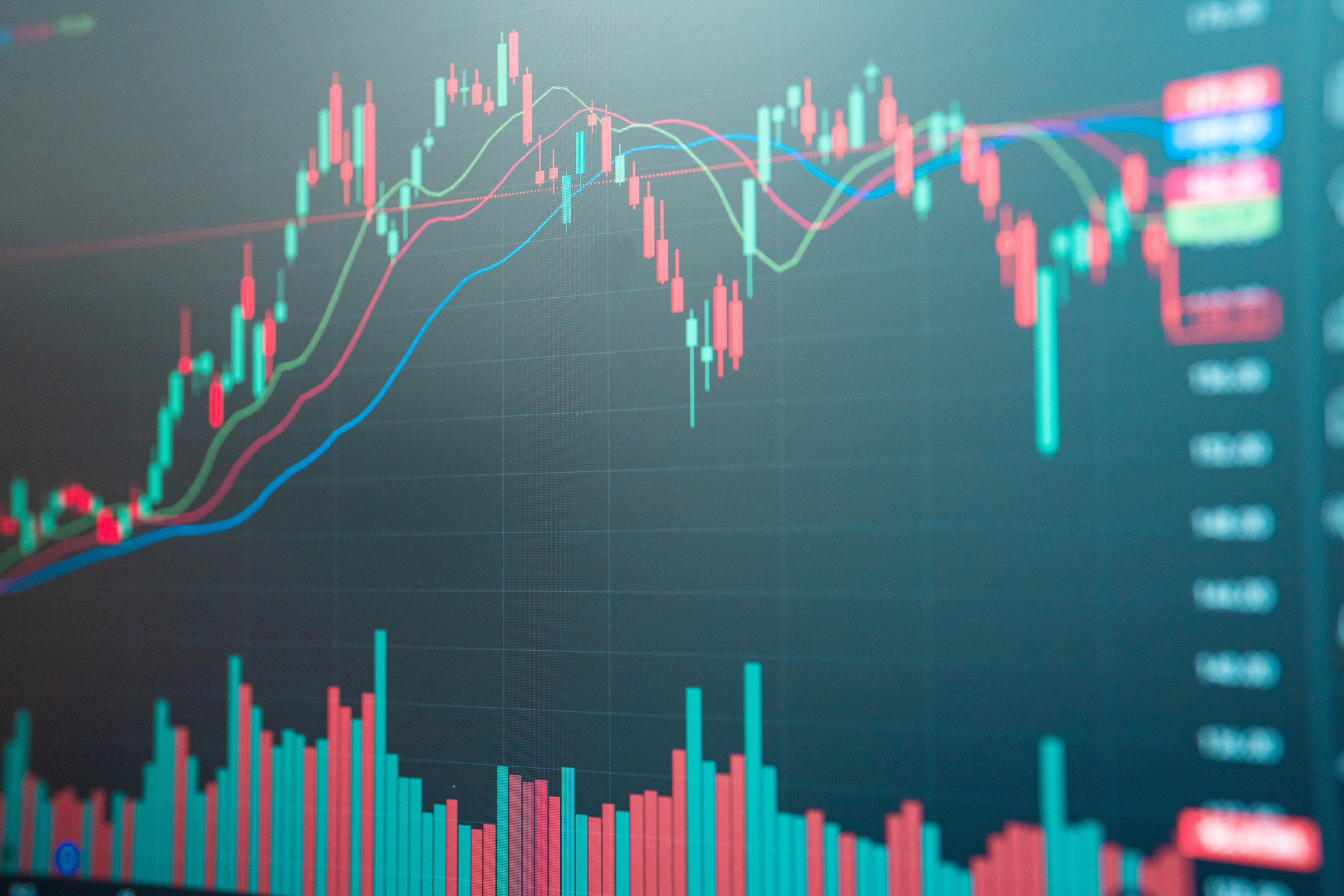 S&P 500 Hits New High After Oracle Earnings: Stock Market Today
S&P 500 Hits New High After Oracle Earnings: Stock Market TodayAnother down day for Apple held the Dow Jones Industrial Average back, though.
-
 If You'd Put $1,000 Into Sherwin-Williams Stock 20 Years Ago, Here's What You'd Have Today
If You'd Put $1,000 Into Sherwin-Williams Stock 20 Years Ago, Here's What You'd Have TodaySherwin-Williams stock has clobbered the broader market by a wide margin for a long time.
-
 If You'd Put $1,000 Into UnitedHealth Group Stock 20 Years Ago, Here's What You'd Have Today
If You'd Put $1,000 Into UnitedHealth Group Stock 20 Years Ago, Here's What You'd Have TodayUNH stock was a massive market beater for ages — until it wasn't.
-
 What Tariffs Mean for Your Sector Exposure
What Tariffs Mean for Your Sector ExposureNew, higher and changing tariffs will ripple through the economy and into share prices for many quarters to come.
-
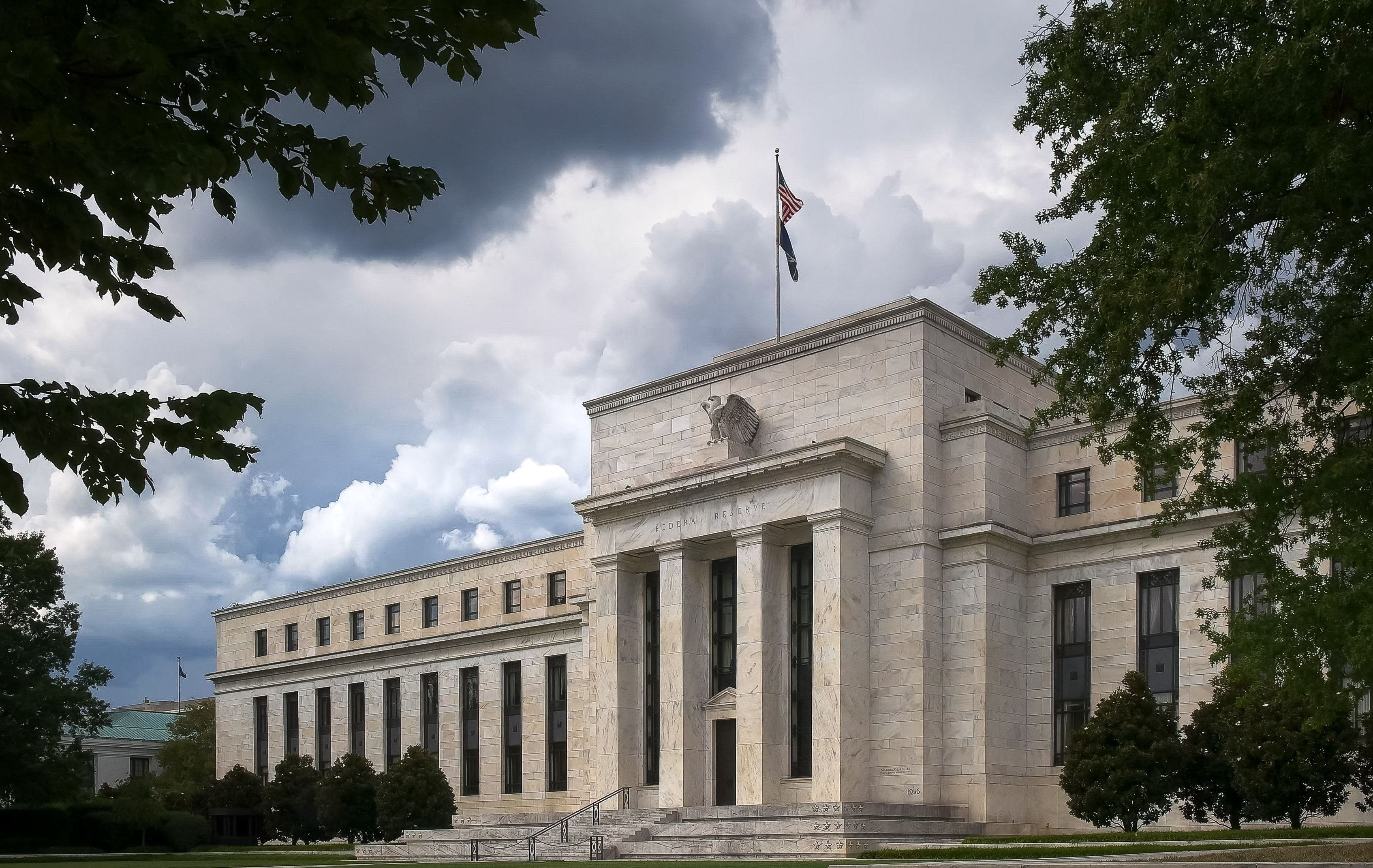 How to Invest for a Fall Interest Rate Cut by the Fed
How to Invest for a Fall Interest Rate Cut by the FedA lot can happen between now and then, but the probability the Fed cuts interest rates in September is back above 80%.
-
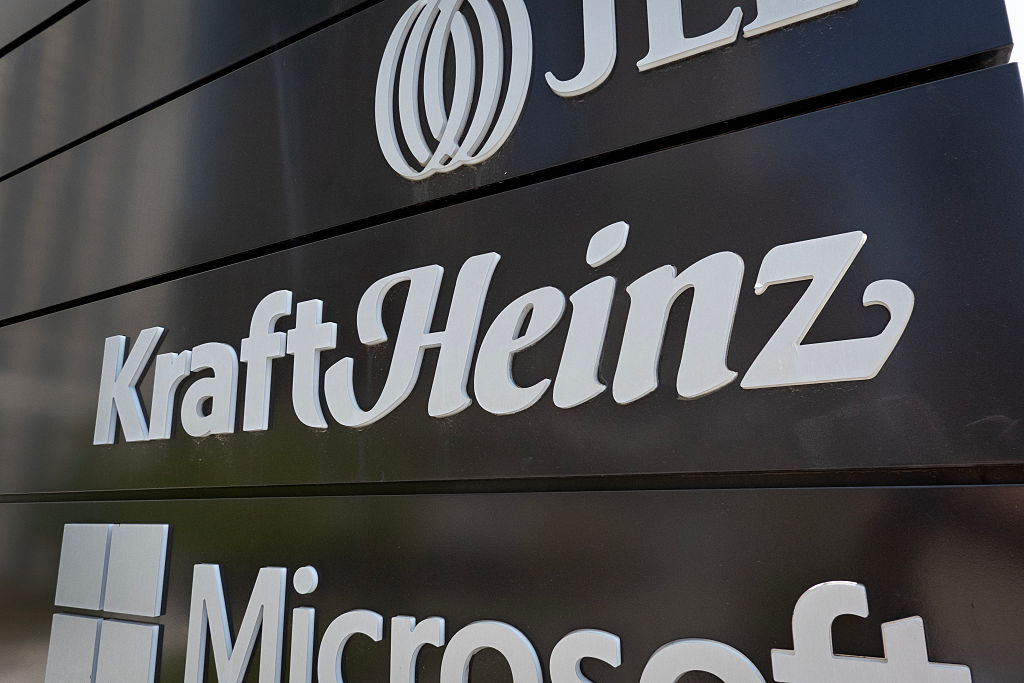 Are Buffett and Berkshire About to Bail on Kraft Heinz Stock?
Are Buffett and Berkshire About to Bail on Kraft Heinz Stock?Warren Buffett and Berkshire Hathaway own a lot of Kraft Heinz stock, so what happens when they decide to sell KHC?
-
 How the Stock Market Performed in the First 6 Months of Trump's Second Term
How the Stock Market Performed in the First 6 Months of Trump's Second TermSix months after President Donald Trump's inauguration, take a look at how the stock market has performed.
-
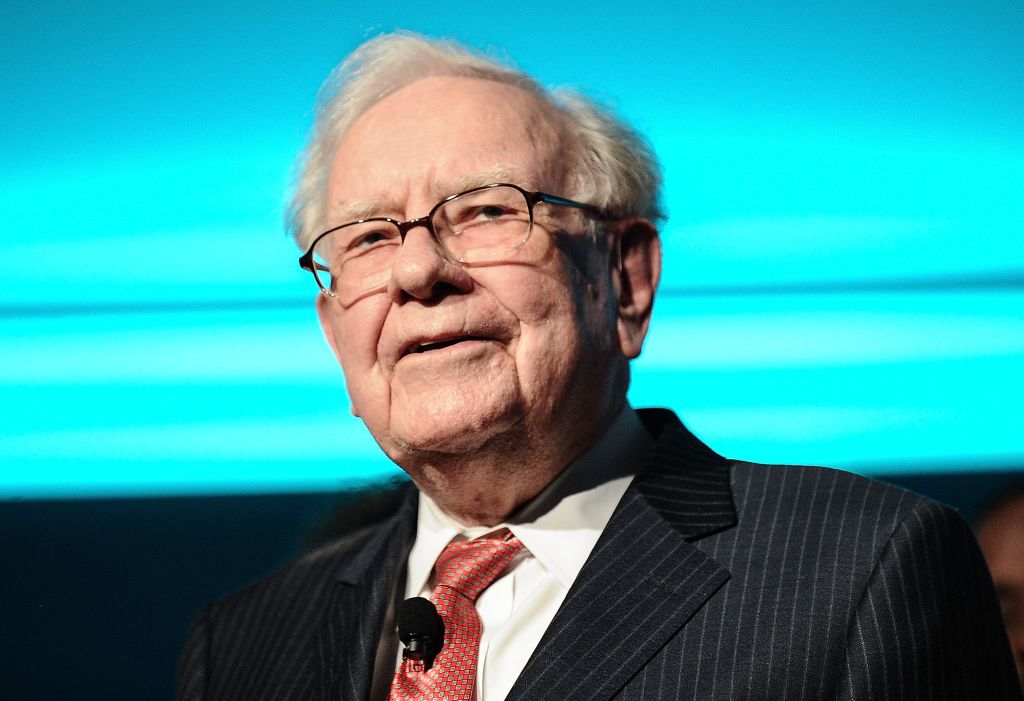 If You'd Put $1,000 Into Berkshire Hathaway Stock 20 Years Ago, Here's What You'd Have Today
If You'd Put $1,000 Into Berkshire Hathaway Stock 20 Years Ago, Here's What You'd Have TodayBerkshire Hathaway is a long-time market beater, but the easy money in BRK.B has already been made.
-
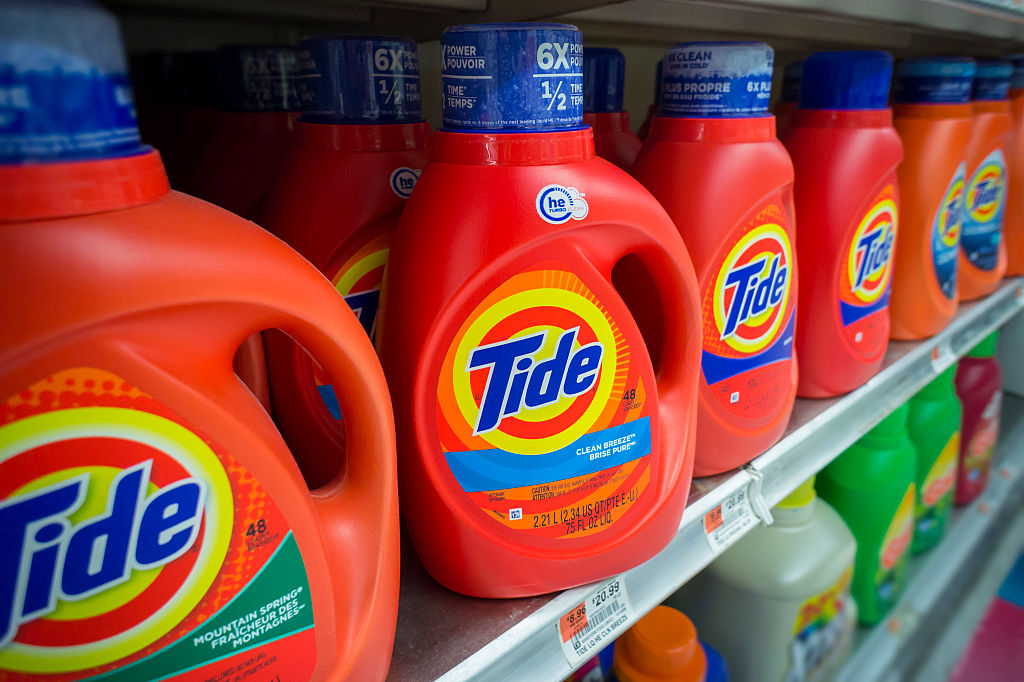 If You'd Put $1,000 Into Procter & Gamble Stock 20 Years Ago, Here's What You'd Have Today
If You'd Put $1,000 Into Procter & Gamble Stock 20 Years Ago, Here's What You'd Have TodayProcter & Gamble stock is a dependable dividend grower, but a disappointing long-term holding.